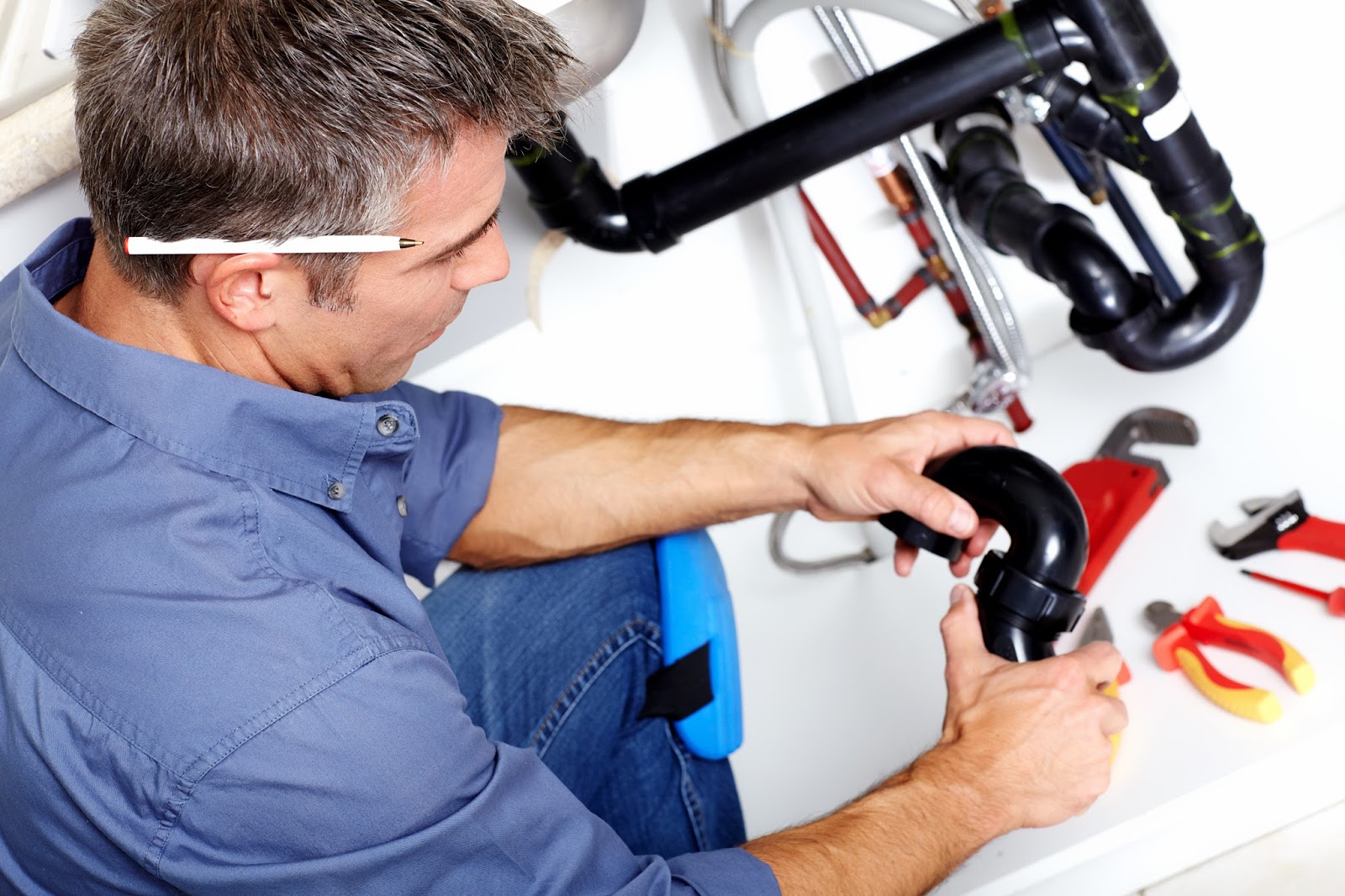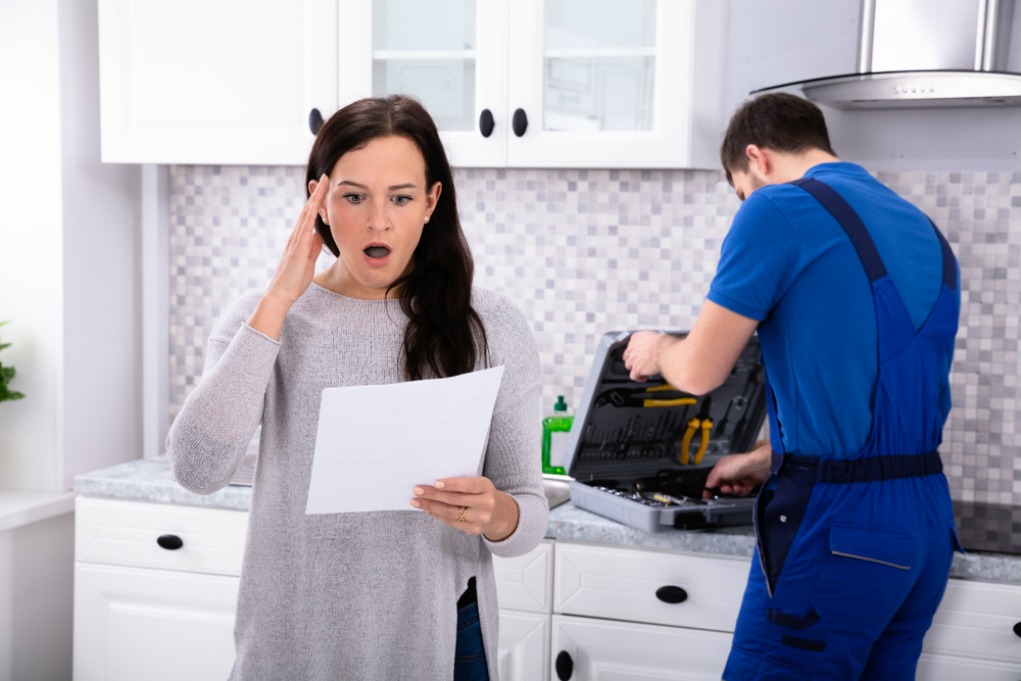The writer is making several great pointers about Plumbing Issues in Older Properties and How to Fix Them as a whole in the article down the page.

Older homes often include charm, personality, and history, but they can additionally bring a host of plumbing issues. Whether you're dealing with maturing pipes, low tide pressure, or leakages, knowing just how to attend to these common troubles is crucial to maintaining a safe and functional home. In this guide, we'll explore the normal plumbing obstacles faced by older homes and supply useful remedies to maintain your plumbing in top form.
Comprehending Usual Plumbing Concerns
Aging Pipes
Among the most usual issues in older homes is aging pipelines. Depending on the era in which your home was developed, the pipes could be made from materials that have worn away with time, such as galvanized steel, cast iron, or even lead. These materials can rust, come to be brittle, or establish leakages, causing water damages and potential health hazards.
Low Water Stress
If you're experiencing low tide pressure, it could be because of natural resources, deterioration inside the pipes, or old fixtures that are no longer working efficiently. This can be a major hassle, particularly in locations like showers and sinks.
Dripping Pipelines
Leaks are another frequent issue in older homes, typically triggered by rusty or worn-out pipes. Even small leaks can lead to significant water damage, mold growth, and enhanced water bills if not dealt with promptly.
Obsolete Fixtures
Obsolete plumbing components such as taps, toilets, and showerheads not only look old however may likewise be less effective, susceptible to leakages, or inappropriate with modern-day pipes requirements.
Pipeline Corrosion
Deterioration is an usual issue in older pipes, specifically those made from galvanized steel or cast iron. Rusty pipelines can restrict water circulation, create staining, and at some point bring about leakages or pipeline bursts.
Analyzing the Condition of Your Pipes
Inspecting Noticeable Pipelines
Begin by examining any noticeable pipes in your home, such as those in cellars, crawl spaces, or under sinks. Try to find indications of corrosion, leakages, or rust, which can indicate underlying concerns.
Checking for Leaks
Look for leakages by checking locations around faucets, toilets, and under sinks. You can additionally monitor your water meter before and after a duration of no water utilize to spot surprise leakages.
Water Quality Screening
Older pipelines can influence the top quality of your water. Conduct a water high quality test to look for contaminants such as lead, rust, or other impurities that might be introduced by aging pipelines.
Solutions for Common Pipes Concerns
Changing Aging Pipes
If your home has old, wearing away pipelines, consider changing them with contemporary materials like copper or PEX. This can be a substantial financial investment, but it will certainly avoid future issues and boost the security and reliability of your pipes system.
Repairing Low Tide Pressure
To deal with low water pressure, beginning by cleaning or changing old fixtures and getting rid of mineral accumulation in the pipelines. If the problem continues, it might be required to change areas of corroded pipes.
Fixing and Replacing Dripping Pipelines
For small leaks, you can make use of pipeline clamps or epoxy putty as a short-term solution. However, it's finest to change leaking pipes completely to stay clear of further damages.
Updating Fixtures
Upgrading old components to modern, water-efficient designs can boost your home's pipes efficiency and reduce water usage. Seek fixtures with the WaterSense label for the best effectiveness.
Handling Pipe Deterioration
If your pipelines are rusted, changing them with corrosion-resistant materials like copper, PVC, or PEX is the most effective solution. Regular assessments and water top quality maintenance can help protect against even more rust.
When to Call a Specialist
While some pipes issues can be managed with do it yourself services, there are times when it's finest to employ a professional. If you're handling significant leakages, considerable corrosion, or are uncertain regarding the problem of your pipelines, a licensed plumbing can offer expert assessment and repair work.
Preventive Maintenance Tips
Routine Assessments
Regularly inspect your plumbing system for indications of deterioration. Capturing problems early can stop expensive repair services down the line.
Water Stress Law
Guarantee your water stress is within the advised array to stay clear of emphasizing your pipelines and components. A plumber can install a stress regulator if required.
Water High Quality Maintenance
Install water filters or conditioners if your water high quality is poor. This can safeguard your pipelines and components from damage triggered by hard water or contaminants.
Aggressive Pipeline Replacement
If your home has older pipelines, consider aggressive replacement before significant problems arise. This can conserve you from emergency repair work and water damage.
Verdict
Taking care of plumbing concerns in older homes needs a combination of caution, preventative maintenance, and prompt upgrades. By comprehending the common obstacles and understanding when to look for expert assistance, you can guarantee your plumbing system stays practical and dependable for several years to find.
7 Common Plumbing Issues in Older Homes
Read More Plumbing Articles
Whether you're mulling over purchasing your dream period property, or you already own one, being aware of common plumbing problems in old homes can help you avoid expensive mishaps.
Many plumbing problems in old homes are similar to those faced in newer properties, but some are more prevalent in houses over a certain age. If you've recently bought an old house or haven't had your aging plumbing system inspected in a while, it's worth keeping an eye out for the following issues:
Bad Pipe Materials
Depending on the age of your home, the pipe materials used in your plumbing system may not comply with modern building codes and could be unsafe.
Lead pipes are the most dangerous type of old plumbing pipes. This metal was once used extensively for manufacturing water pipes because it's easy to shape and has a long lifespan. Plumbers also used it to solder joints between pipes made from other materials. However, lead can cause serious health problems, particularly in children. Drinking water from pipes containing lead can lead to lead poisoning symptoms, such as stomach pain and fatigue, so it's essential to replace them if you discover them in your home.
Outdated Fixtures
Even if the previous owners installed high-quality fixtures, these won't be immune to the effects of age and wear and tear. Over time, fixtures can corrode and wear down, increasing the likelihood of leaks and clogs.
Sometimes, an outdated fixture can be a minor irritation that makes using your plumbing system less convenient. However, it's best to maintain older plumbing components carefully and replace them when they show signs of failure to avoid a major leak and water damage.
Corroded or Leaking Pipes
Corroded pipes are a common plumbing issue in old homes. Corrosive substances in the water supply can gradually break down the metal used to make the pipes, eventually causing leaks. Corrosion can also cause sediment to build up, increasing the chances of a clogged pipe. All these issues take time to develop, making them more likely in old house plumbing.
Drain Problems
Older home drainage systems were often installed before the arrival of appliances such as garbage disposals, so they're frequently incapable of handling modern household usage. The result could be frequent clogs or water backing up into sinks and other fixtures.
A failing sewer line is the most serious drainage issue commonly encountered in old houses. This problem is more likely if you've remodeled your home to add more fixtures, placing more pressure on a sewer line not designed for the purpose. Eventually, the line can become clogged, causing unpleasant indoor smells, poor drainage and contaminated wastewater backing up into your fixtures.
Pipe Bellies
Pipe bellies develop when pipes buried in your home's foundation start sagging as the building settles. They create downward slopes, affecting water drainage and increasing the risk of significant blockages. You don't need to worry about pipe bellies in a pressurized main line, as the water pressure prevents the pipes from clogging, but they can cause issues in drain lines.
Root Intrusion
Root intrusion occurs when trees and other shrubs grow roots too close to your sewer line or water service line. Sometimes, the roots penetrate the pipe walls, leading to leaks and soft or wet areas in your yard.
Unfortunately, root intrusion is a more common plumbing problem in old homes. That's because older houses are more likely to have pipe bellies allowing standing water to accumulate, attracting roots to the moist conditions.
https://www.elocal.com/resources/home-improvement/plumbing/faq/plumbing-issues-in-older-homes/

As a passionate reader about Plumbing Issues in Older Properties and How to Fix Them, I think sharing that information was beneficial. Sharing is good. Helping people is fun. We love reading our article about .
Schedule Your Job Now